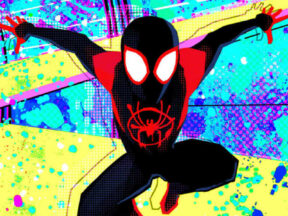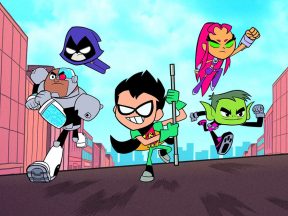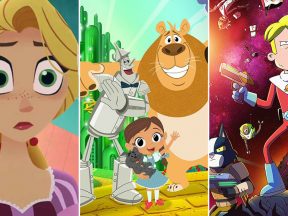

How Montreal’s Diverse Animation Scene Has Weathered One Year Of Covid
For decades, when one thought of Montreal and animation, the National Film Board of Canada (NFB) likely leaped to mind. And for good reason. After moving from Ottawa to Montreal in the mid-1950s, the public producer dominated the local scene. There was a short period where production company Cinar became a big player (until internal corruption destroyed them, but that’s another story), and we shouldn’t forget Radio-Canada, producers of Frédéric Back’s Oscar winning works Crac and The Man Who Planted Trees.
Since about the 1990s, the animation field in Montreal has expanded and diversified enormously, as it has in other cities. It now houses not just high-end animation and vfx studios like MPC, On Animation, Cinesite, Reel FX, Digital Dimension, Tonic DNA (formerly Studio Pascal Blais), and Squeeze Studio Animation, but also gaming companies (EA Sports, Ubisoft), schools (NAD, Concordia, Cégep du Vieux Montréal), a respected festival (Les Sommets), software companies (Toon Boom), and a number of independent artists unaffiliated with the NFB.
In some ways, Montreal might have the most diverse animation landscape of any of the Canadian cities we’ve profiled in this series.
A year spent at home
Early on in the pandemic, animation studios boasted that things remained virtually unchanged. As we enter Covid Year Two, that continues to be the case for many studios. “We haven’t noticed much of a slowdown,” says Jacques Bilodeau, president of Oasis Animation. “Tv animation production has a fairly long production cycle, as a project will take a couple of years from the beginning to the end.”
Howard Huxham, vice president and executive producer at Tonic DNA, concurs: “We were able to go back into the studio, partially, mid-last year, but since September have all been working from home again. It has its ups and downs, but overall our IT crew did a great job getting everyone set up at home with their secure workstations, so we could keep on working … without any noticeable drop in productivity.”

Cg studio Mikros Animation (part of the French company Mikros Image, which is a Technicolor subsidiary) has had to make a few adjustments, like reassessing workflows, team management, and client relations, according to Mikros Image CEO Julien Meesters. But the studio is currently busy with three animated features: Paw Patrol: The Movie (Spin Master), The Tiger’s Apprentice (Paramount), and one project that remains confidential.
Smaller studios like E.D. Films were already accustomed to obstacles. “As a boutique studio emerging out of the start-up phase towards a more stable growth curve,” says executive producer and CFO Archita Ghosh, “we have been mostly thriving (and sometimes surviving) on a bumpy road for quite some time now. The pandemic was certainly as unsettling for us as for anyone else, but we were able to absorb, re-strategize, and re-focus to keep our business healthy and also continue our growth trajectory.”
If it all sounds too good to be true, well, naturally, it is. It’s not like there’s been some perfectly smooth transition to remote working during the pandemic. Several people we speak to mention the creative energy that comes from in-person contact, or troubles involving file access and security.
Meesters points to another difficulty: “the adaptation to local regulations. Having our teams and studios located in multiple countries, facing very different pandemic regulations and restrictions being implemented in different timeframes, we had to be very agile.”
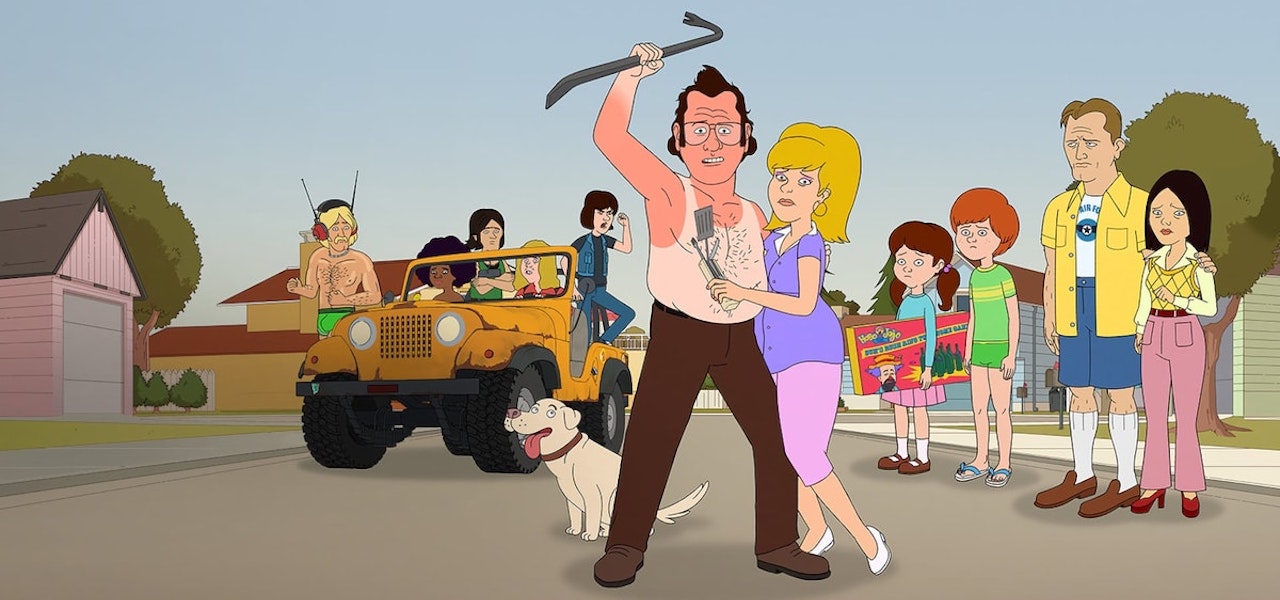
Ghosh also brings up the important issue of mental health. “Mental balance is part of this same challenge. We have had corporate coaches pop into our meetings, increased our benefits plan to include mental health support, created Forced-Fun Fridays where we chat about music and film, done a few Lunch-and-Learns, and had some delicious fried chicken delivered to us all, and to make sure everyone knows there are open communication channels business-wise and otherwise. It’s an ongoing challenge.”
Is it a Golden Age yet?
Alright, enough about this damn pandemic. Let’s touch on some of the issues we explored in other Canadian cities. Pre-pandemic, everyone was busy. There was a sense that, with an insatiable hunger for content from new streaming outlets, animation was in a bit of a golden age. With everyone locked away in their homes, the demand for content has clearly not diminished.

Denis Doré, president and co-founder of Squeeze Studio Animation, says “the demand [is] coming mainly from the SVOD platforms keeps increasing as their subscriber numbers increase. Also, since animated content takes a long time to develop and produce, many projects are still at an early stage as we speak.”
He also brings up the rise in demand for video games: “Our motion capture services were busy all around the past year due to video game studios increasing their production cadence. A lot of kids are staying at home too, so they spend a lot of time watching animated movies and cartoons.”
“In some ways, E.D. Films is too niche to be influenced by the whims of the market,” says Ghosh. “We are not in tv or feature films (yet!), so our work has much more to do with developing our own creative and technical IP and using this knowledge to service projects related to immersive experiences, technical pipelines, animating in the game engine, and, of course, hybrid animation. In fact, we would go as far as saying developing and maintaining our own IP is part of what we see as an up-and-coming return to a golden age of animation from a Canadian perspective.”

As we’ve seen in other Canadian cities, the demand for content has led to stiff competition for talent. With animators able to work remotely or in cities with a lower cost of living, like Ottawa and Halifax, how difficult has it been for Montreal’s studios to lure people?
“The talent pool is currently not large enough in Canada,” admits Oasis’s Bilodeau, “which results in a few challenges for all studios. The demand is larger than the offer. Talent acquisition is — and I think will remain — the biggest challenge for the animation industry, as it takes a long time as well to develop talent.”
Meesters at Mikros agrees that competition between studios is harsh. “Studios significantly improved their work conditions,” he says, “offering greater benefits to employees, very competitive salaries (twice the average salary in Quebec), and creative ideas for wellness activities. Of course, most talent are still driven by the project quality. Strangely (or not), it’s easier to attract talent from across the Atlantic than from [the] U.S.”
Ghosh admits that while E.D. Films can’t compete with “all the bigger incentives that larger studio have to offer, we can offer the chance to work on compelling, experimental projects with a human-centered work culture for those that are looking for these things.”
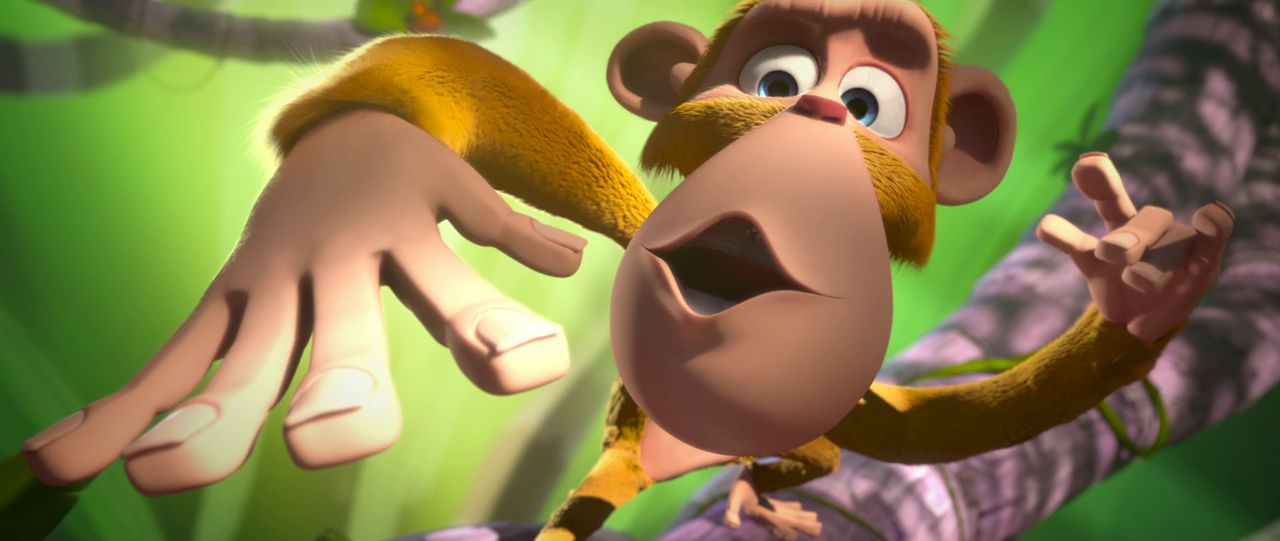
Région bilingue
There’s also the issue of language. Unlike the other cities, Montreal is a predominantly French-speaking city. “There’s a lot of advantages in working here,” says Squeeze’s Doré. “Quebec people are well known to be very creative and artistic: we have a big tradition of creative projects, as arts and culture are highly supported by our government. We have bilingualism of course, but also this creative sensibility reminiscent of the European tradition, with the effectiveness of the American culture.”
“There are challenges everywhere, I imagine,” says Huxham of Tonic DNA. “We are very fortunate to have a strong multicultural artistic community here that attracts artists, and strong support from government incentives that support the local shops and attract the bigger international players. A rising tide floats all boats, and with more animation studios in Montreal there comes more artists and more quality, which feeds us all.”
“Montreal is a vibrant and young city with the highest ratio of students to total population in [North] America,” says Meesters. “Montreal is home to lots of emerging artists in all cultural fields: music, cinema, urban arts. Despite the pandemic, vfx and animation communities are still growing, creating a talent pool with around 4,500 workers in 2021 (versus 500 in 2013).”
In Meesters’s view, the dominance of French is not really a barrier to foreign workers: “Half of Montreal’s population speaks a native English. Even if the lodging costs increased these past few years, Montreal is still very affordable and way cheaper than any other big city in Canada or the U.S. (e.g. rents are 40–50% cheaper than in Toronto or Vancouver).”
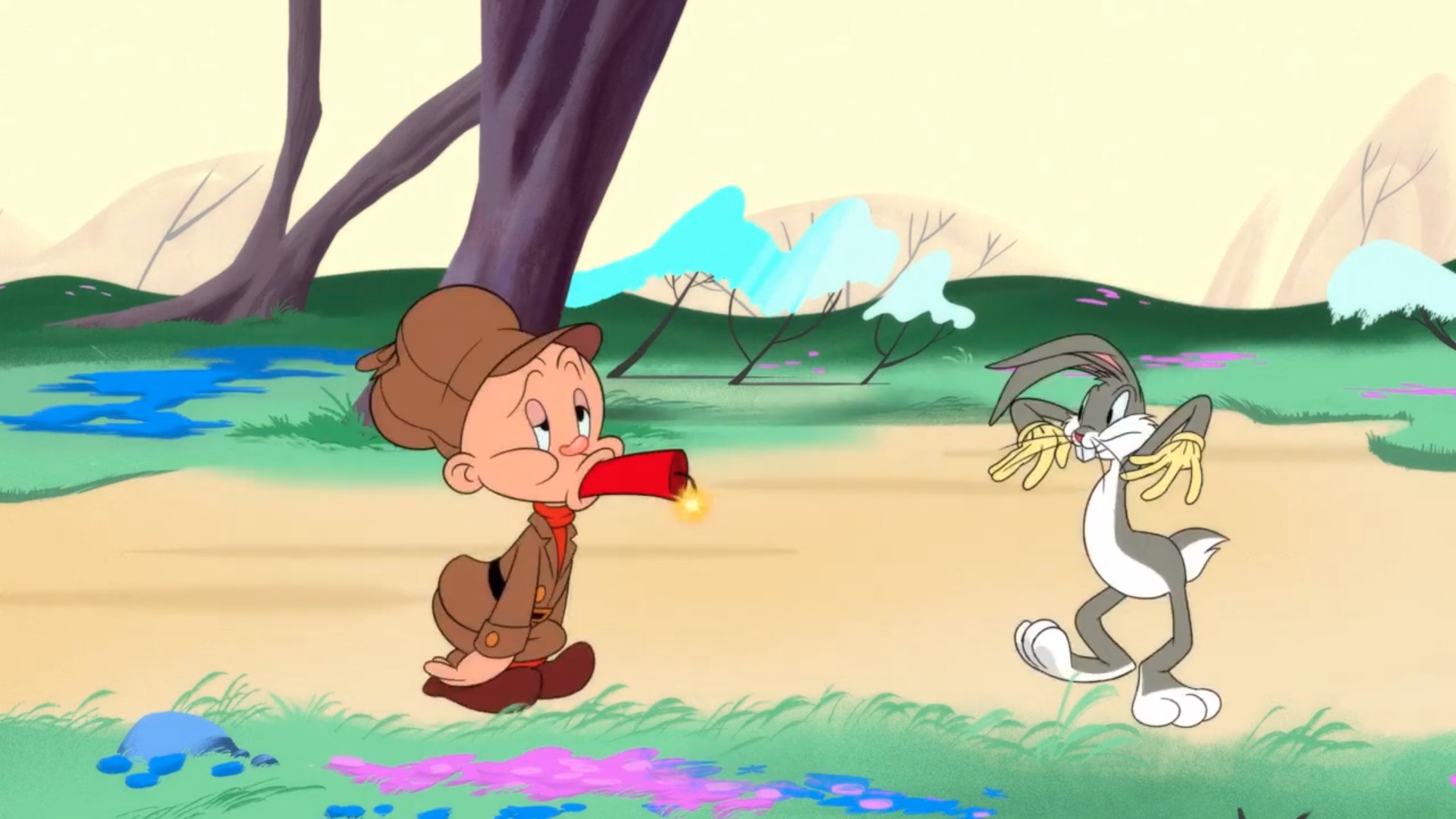
Stepping into tomorrow
Finally, let’s return to the pandemic. Has it opened studios’ eyes to new and potentially long-term ways of approaching production?
“Prior to the pandemic,” says Bilodeau, “we were not very keen on having artists working remotely, as we were not sure about the outcome, mainly related to efficiency and communicating with each other. The pandemic has forced us to experience working remotely and I have to say that it has been going very well. After the pandemic is over, we are looking at more of a hybrid approach as artists really appreciate the flexibility it provides to work from home, but they miss the contact with their colleagues.”
“For most of our teammates,” says Doré, “our studio’s social life was very important, so we had to compensate and focus on online social activities. Mental health is also very important and can be affected by the situation we go through, so we really emphasized self-care initiatives and work-life balance.” Doré, too, wants to implement a hybrid office-home model, having noticed how colleagues have appreciated the extra time with their families in the last year.
“I remain convinced,” says Meesters, “that this pandemic has opened a new way of thinking or considering what an office is about, or the importance of the ‘physical’ building. A lot of things need to be invented and rethought in order for it to be effective in terms of human resources, production, and creation.”
Whatever the future, animators are, as Ghosh reminds us, “always well-prepared for isolated work life.”
Image at top: “The SpongeBob Movie: Sponge on the Run” was animated at Mikros Animation in Montreal.

.png)

